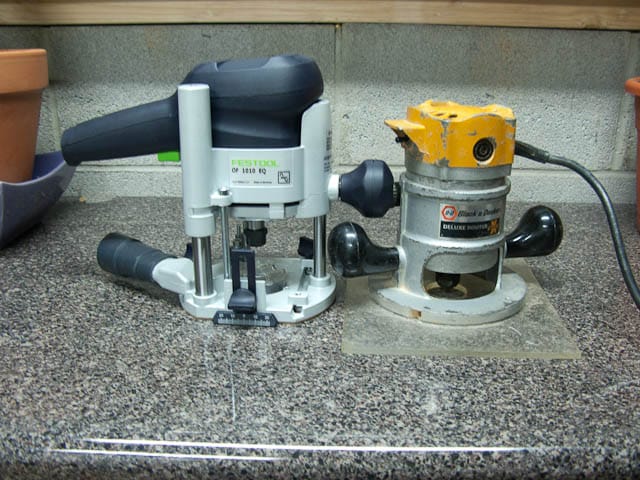

Throughout my career, I’ve used and reviewed a wide range of routers, and these are the ones I recommend. I also remodeled three homes, built hundreds of projects, and wrote two books on the subject (check out Build Stuff with Wood: Make Awesome Projects with Basic Tools), and currently teach woodworking locally. For starters, are you shopping for your very first router or adding to your collection? The second question: What do you plan to do with this tool? The Expert: During my 30 years as a woodworker-both professionally and as a DIYer-I spent 15 as an editor at Fine Woodworking magazine and another six as a contributor to a variety of home-building and woodworking magazines. In fact, most woodworkers, contractors, and DIYers own more than one. Since a router is used in so many ways, one size does not fit all. This stationary setup is ideal when it's easier to move the workpiece rather than the router. You can also invert a router and attach it to a table, with the bit sticking upward and a fence guiding the workpiece. Other bits make doors, shutters, lettering, dished-out trays, or keyholes for hanging pictures.Īccessories like edge and bushing guides only increase your router’s versatility. There are bits for “molding” edges in all sorts of ways so you can design picture frames, shiplap, wainscoting, or your own window trim. These “router bits” come in an endless variety of shapes, which is part of what makes the router so useful. A router is a motor that’s attached to an adjustable base, with a “collet” that accepts a variety of cutting bits.
:no_upscale()/cdn.vox-cdn.com/uploads/chorus_asset/file/22765985/Tool_Lab_Routers_ToolLab_04222021TS_648_numbers.jpg)
If you’re just getting into woodworking, you’ll be hearing all about routers-not the type we all rely on for WiFi, but instead, the kind that’s a handheld power tool used for shaping.


 0 kommentar(er)
0 kommentar(er)
